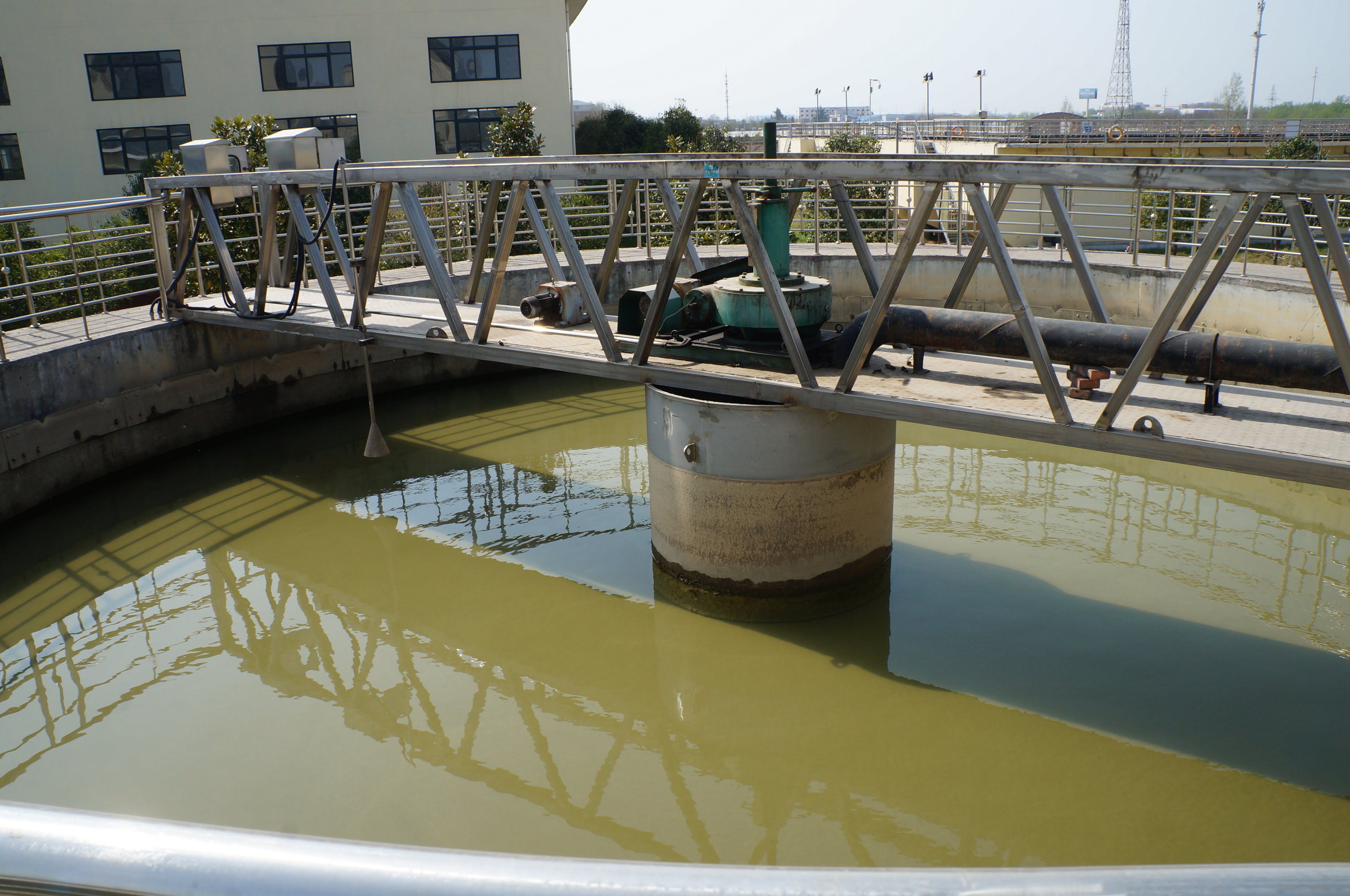Causes of Floating And Sinking of Flocs
The reasons why flocs float and sink. Why do flocs float and sink during sewage treatment? To address this problem, it may be necessary to analyze the flocculation mechanism of the flocculant and the physical factors of suspended solids. The process of removing suspended solids and colloidal substances by the flocculant must go through the following effects.

1. Adsorption: Because coagulants, especially high-molecular substances, play an adsorption and bridging role in water, causing particles in the water to bond with each other to form large particles, and then use precipitation to remove colloidal substances.
2. Neutralization effect: Because the coagulant produces a large number of highly charged positive ions in the water, and most of the colloids in natural water are negatively charged, they attract each other with different electric charges and neutralize each other, thus eliminating the interaction between the colloidal particles. It has electrostatic repulsion and can grow into large particles and be removed by settling under its own weight.
3. Surface contact: The flocculation process is carried out on the surface with particles as the core, so that the surfaces of the particles come into contact and bond into large particles, which are removed through precipitation.
4. Filtration: The process of flocculation and sedimentation in water is like a filter descending, wrapping other particles and settling together.

